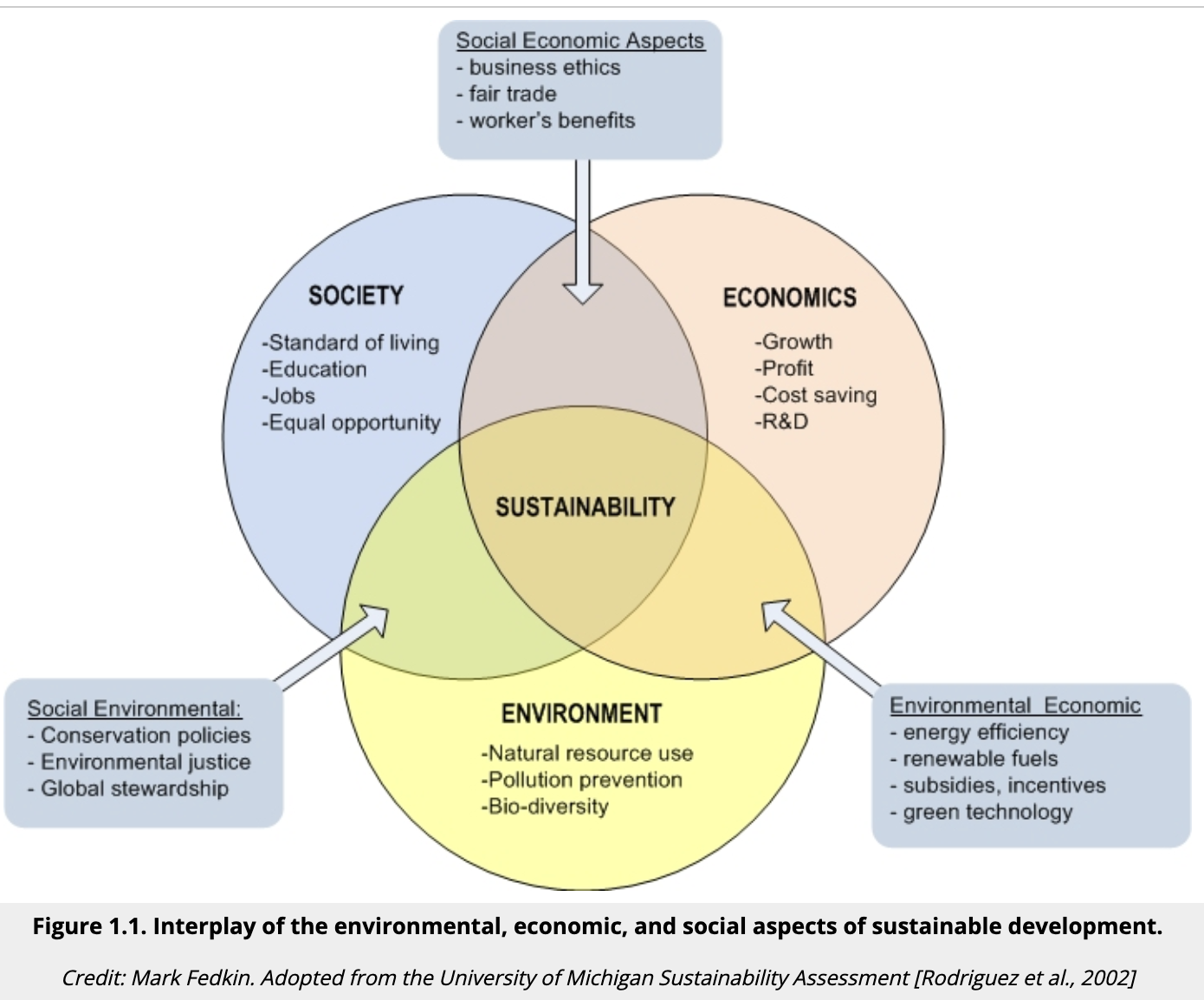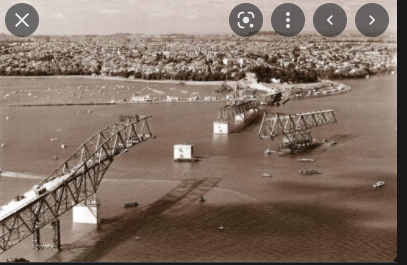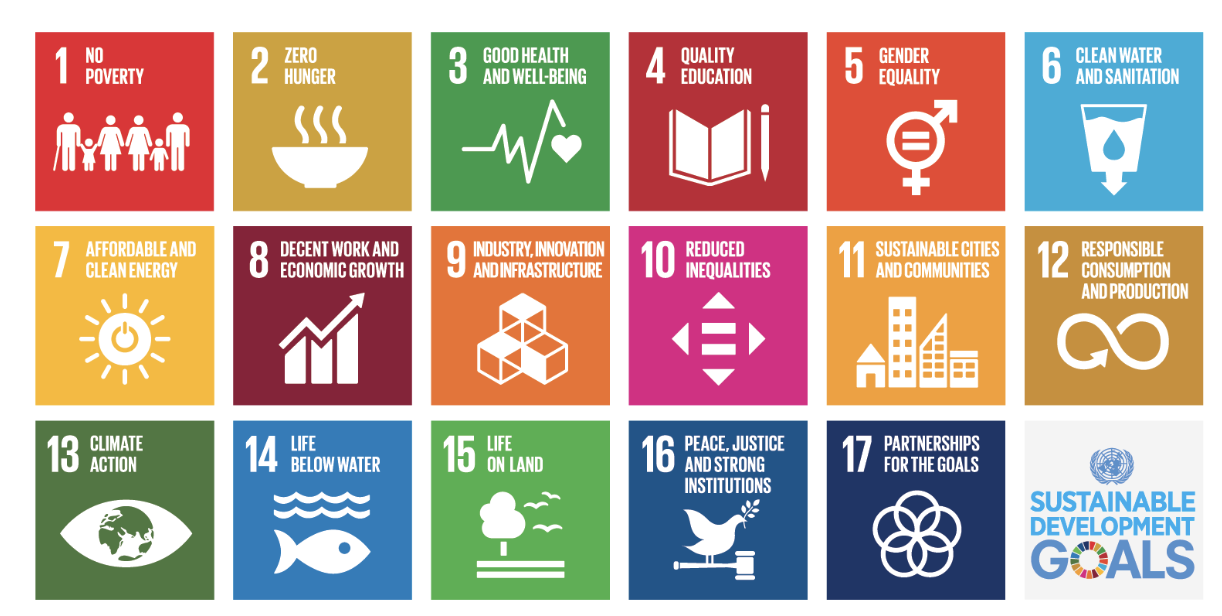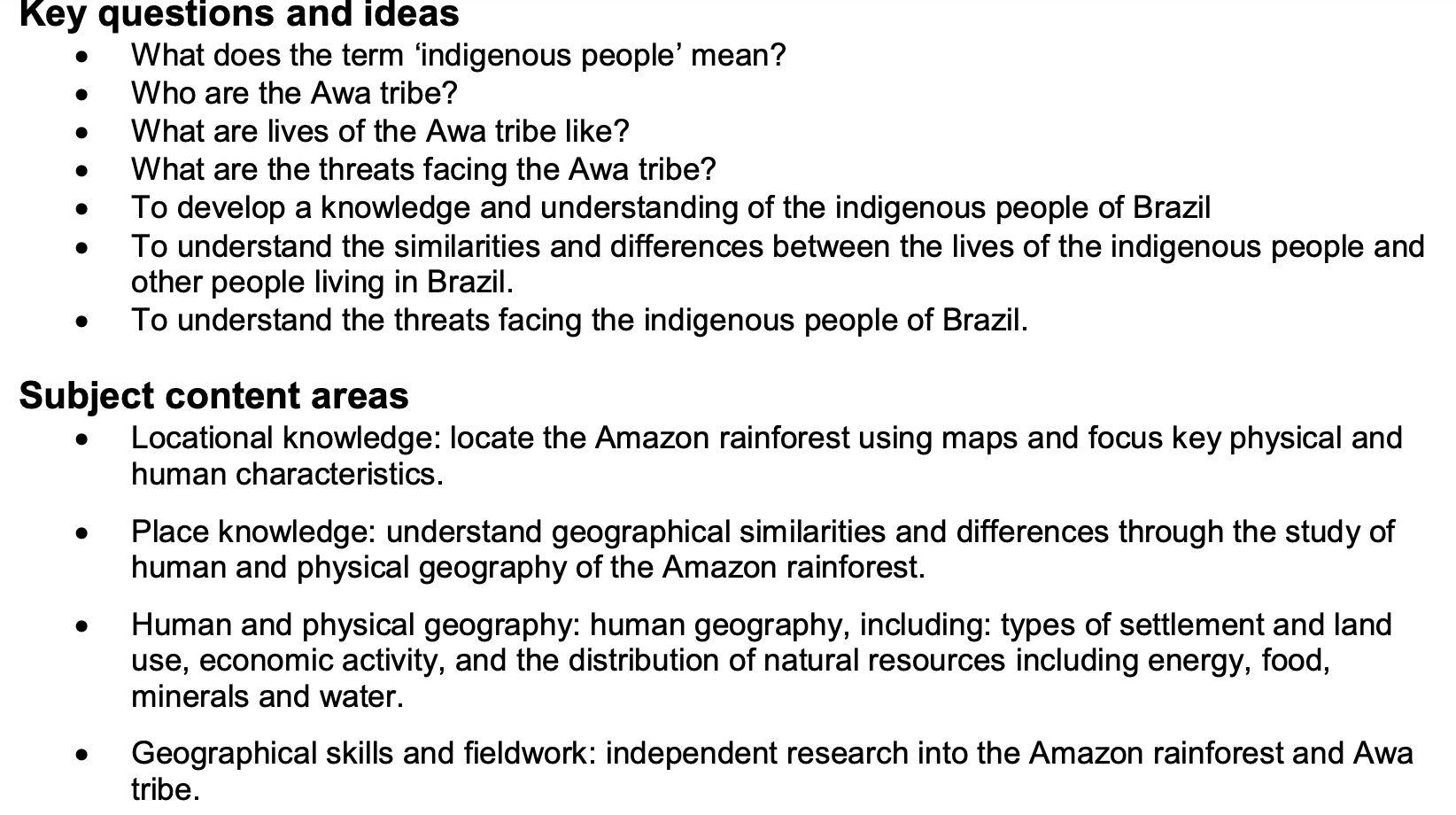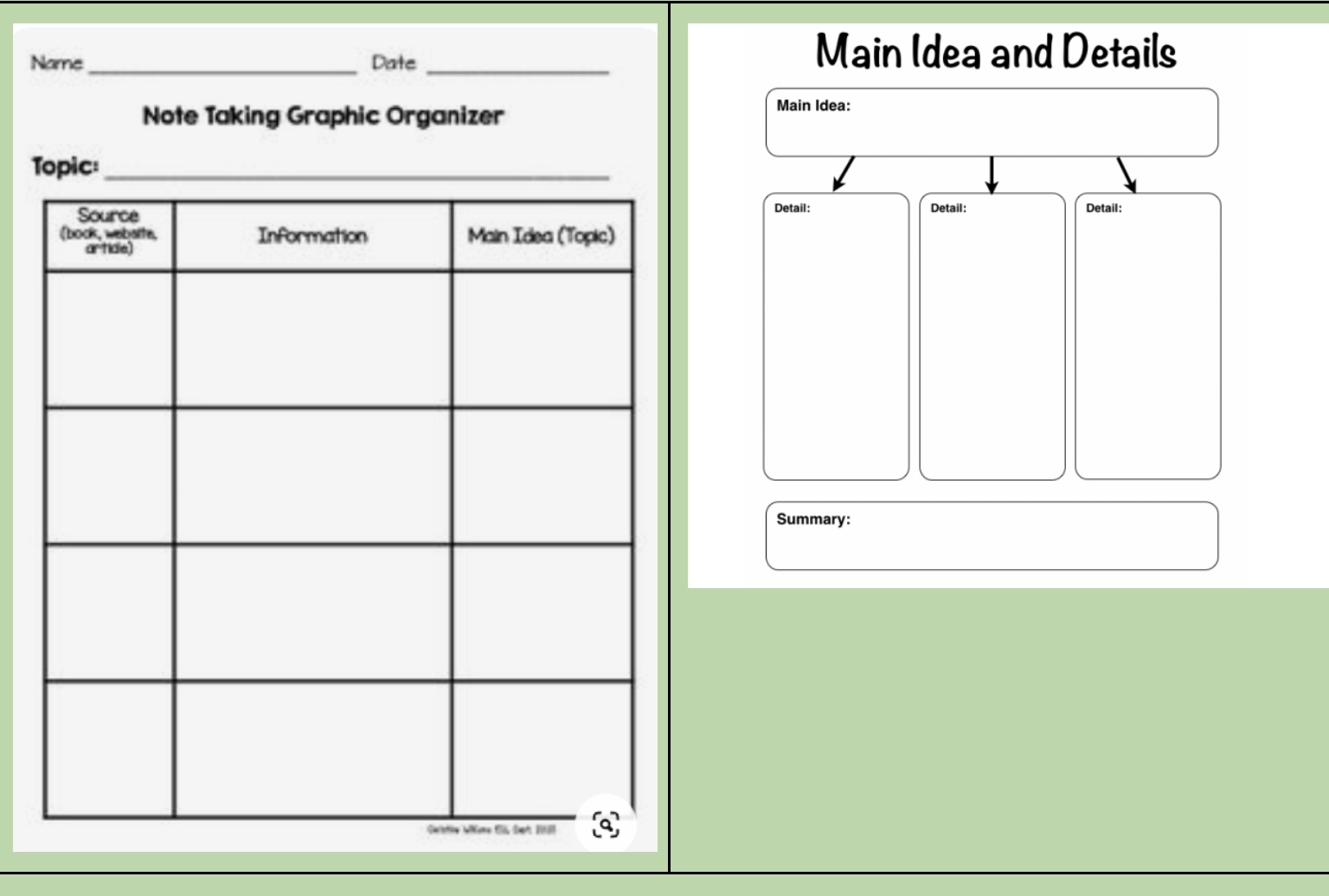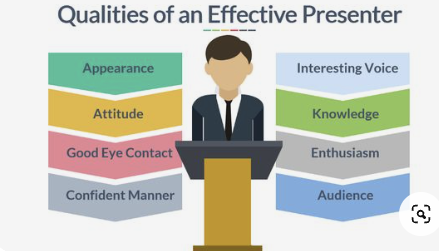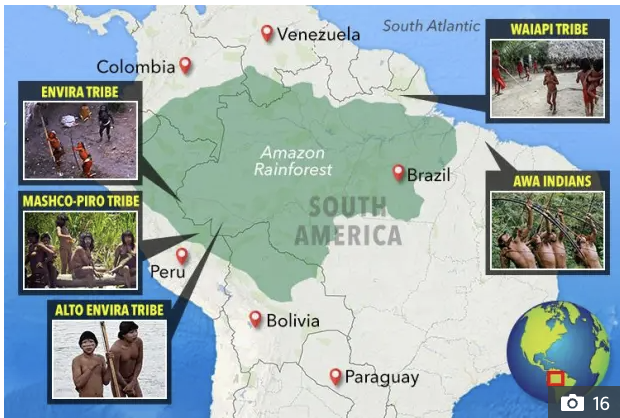10C2 Global Studies
Section outline
-
Kia ora...students and welcome to Global Studies. I hope you all had a wonderful break and are ready for your learning journey for this term. The Context is Connections: We will this idea is based on values, rights and responsibilities. However, on focus is on Human Rights whereby you will an opportunity to participate in NCEA.

Success Criteria: I can/have...
- Welcome everyone.
- Discussing your fabulous summer holiday with the class
- Introduction to Context: Connections
- Expressing links to Human Rights and NCEA.
Activities:
- A warm welcome back to school. Usng the wheel of fortune, you will each have a turn to express what was fabulous during your summer holiday.
- Understanding what does the learning Context: Connections mean to you, our community and Globally. Use mind maps to brainstorm your ideas.
- Consider how Connections are linked to you, your cultural values, values of our school and values as a global citizen.Do you think you( or someone you know) n have been in a situation where you felt that you were humiliated, bullied, affected by the words or actions of someone else? How did you feel/ how did you react/ what was the impact of both the cause and your reaction?
- For this term you will be taken through a journey of Human Rights violations that occurred globally, thus impacting on both the impacts onto victims, their reactions and the justice/ or lack of justice that took place, as a result.
- Create a venn diagram of values/ human rights violations and responsibilities. See and example on the white board
- See video on what are values, responsibilities and ethics. How should be become better global citizens:
Homework:
Write here...















